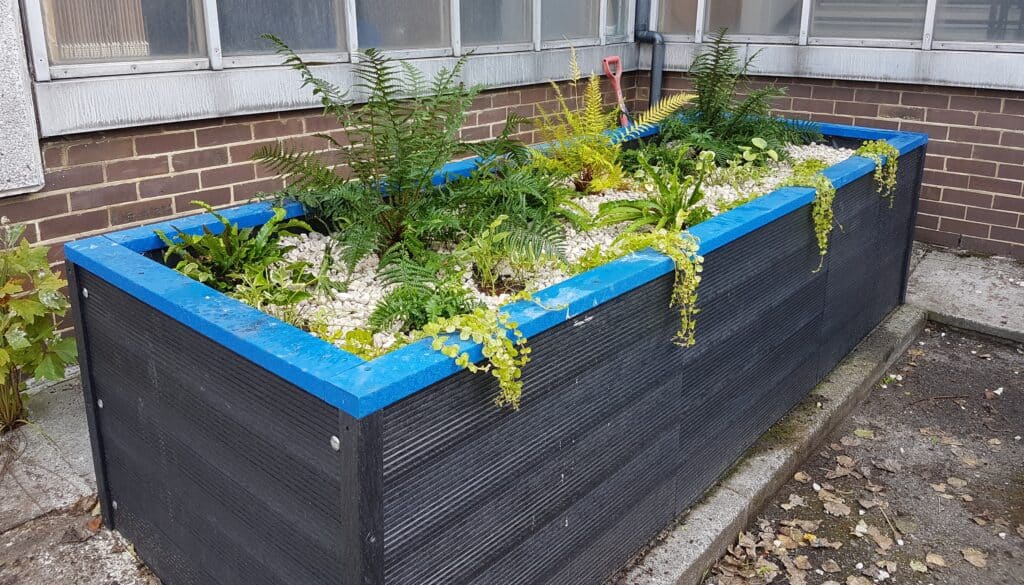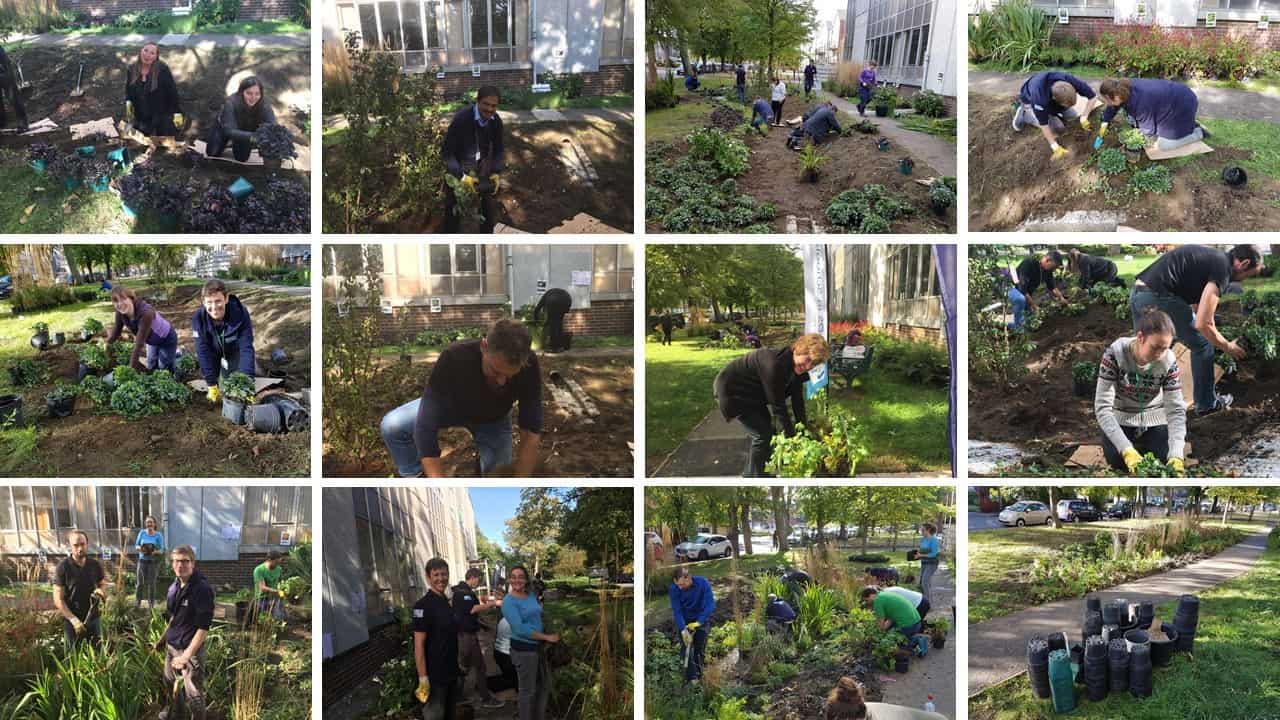When Covid-19 affected our plans for the SuDS in Sutton’s Schools project, the South East Rivers Trust shifted its focus from Education and Engagement to Design and Delivery – increasing the expertise we are able to give on future sustainable drainage systems (SuDS) projects.
The primary objective of any SuDS scheme is to alleviate flood risk – capturing and storing rainwater, reducing pressure on the drainage system.
We worked with schools to deliver clear benefits, whether it be for wildlife, as calm spaces or to enhance the work of particular lessons.
The SuDS in Sutton’s Schools project was managed by the London Borough of Sutton council and our role has been to deliver education and engagement to help schools meet flood relief targets. The primary aim has been to alleviate flood risk in the Hackbridge area – known as Critical Drainage Area 33.
The SuDS in Sutton’s Schools project was delivered in schools in two phases – using the summer holidays to deliver the bulk of the work. The first phase was completed in 2019 and, because of delays caused by Covid-19, the second phase was completed in 2021.




